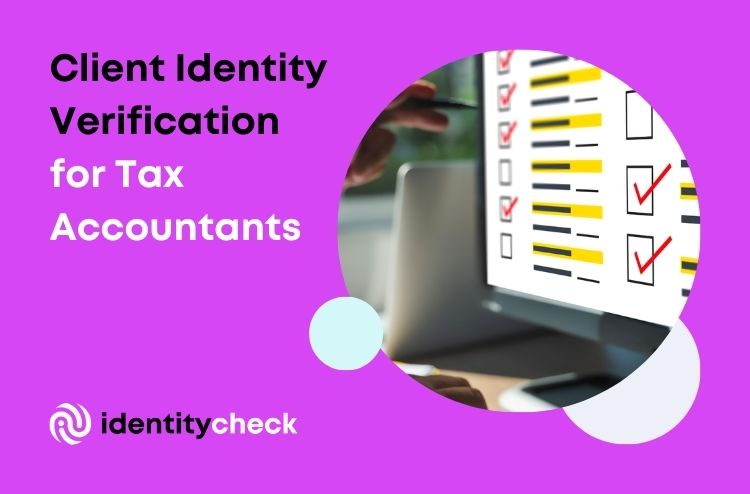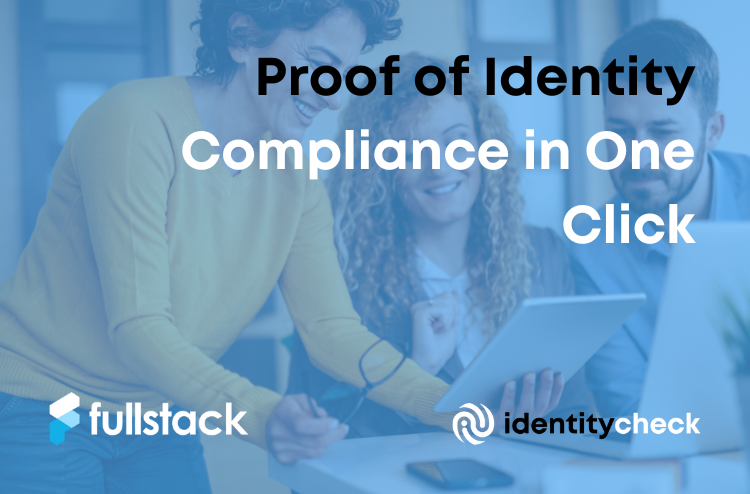With the Tax Practitioners Board (TPB) setting stringent identity verification requirements, it’s imperative for accountants to have a robust process in place. This guide provides a detailed step-by-step manual process to ensure compliance while maintaining the trust and confidence of clients.
1. Client Onboarding:
Inform new clients about the TPB’s identity verification requirements. Provide them with a list of acceptable documents for verification, such as:
- Primary photographic identification: Driver’s license, passport.
- Primary non-photographic identification: Birth certificate.
- Secondary identification: Utility bill, ATO notice.
Reference: TPB Guidelines on Proof of Identity.
2. Document Collection:
Request necessary documents from clients. For unconventional cases, like minors or refugees, have an alternative list ready, such as letters from school principals or refugee documentation.
3. Document Verification:
Inspect documents physically, check photos, and ensure consistency across details. Cross-reference with the TPB’s official guidelines to ensure all documents meet the required standards.
4. Document Storage:
Make a contemporaneous record of the verification. Store records securely, ensuring:
- Encryption of electronic records.
- Restricted access to authorized personnel only.
- Regular backups of electronic data.
- Physical copies are kept in a locked, fireproof cabinet.
Reference: Australian Privacy Principles guidelines.
5. Periodic Re-evaluation:
Decide on a re-evaluation frequency for established clients. A common timeline is annually, but this can vary based on the client’s circumstances. Maintain records of your assessments.
6. Follow-up:
Address discrepancies, obtain additional documents if needed, and set reminders for ongoing clients. Use tools like Google Calendar or Outlook Calendar for setting reminders.
7. Document Deletion:
Keep records of the POI checks for a minimum of five years after engagement ceases, then securely delete or destroy them. Use secure deletion methods for electronic records and shredding for physical copies.
8. Client Education & Feedback:
Educate clients about the importance of identity verification to protect against fraud. Use feedback forms or tools like SurveyMonkey to gather client feedback and make improvements.
9. Stay Updated:
Regularly check for updates in TPB’s requirements and update processes accordingly. Subscribe to the TPB’s news and events for the latest updates.
10. Training & Compliance:
Train all staff members on the identity verification process using internal workshops or online courses. Periodically review for compliance using internal audits or third-party services
Automated Identity Checking
If a manual process sounds too much, you might consider an automated solution like Identity Check. Learn more about how it works for Accountants here, or read the cost-benefit analysis here.











